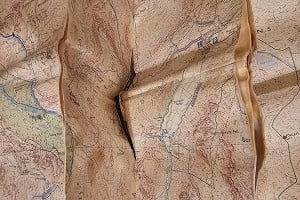
On 13th March, Inverness based climber Anna Wells became the fourth person (and first woman) to complete a Munro round in winter, equalling the previous record of 83 days set by mountain guide and accomplished mountaineer, Martin Moran. Anna climbed all 282 Scottish 3000-foot peaks in a single astronomical winter season through a flexible approach that played to her strengths.
Anna Wells (34) is no stranger to big mountain days, having set female speed records for the Cuillin Ridge in both summer and winter. Her background is in competition climbing, having represented GB in several Ice Climbing World Cups. She has climbed all over the world, including El Capitan in Yosemite, and has been clocking up an apprenticeship in the European Alps since her twenties. But Anna is apparently 'most motivated by things in Scotland, closer to home' and the winter Munro round has turned out the be the perfect fit.
Those who know Anna will testify to her insatiable appetite for adventures and unparalleled levels of 'psyche' or self-motivation! Just following her on social media is guaranteed to make even the most proactive weekend warrior feel lazy. She loves smash-and-grab style raids on sunrises, big classics and novel link-ups, while combining different mountain sports in micro-adventures of extreme proportions. But Anna is also a woman of many talents beyond the outdoors. She spent nine years in university studying mathematics and then Medicine, but after two years as a Doctor decided to pursue a career in outdoor instructing. As an accomplished mountaineer, she smashed her way through the NGB training pathway to pass her SML, IML and MCI in just two years – and was busy guiding the Cuillin Ridge within just three.
Break it down and take one step at a time. Don't look at the whole picture because you'll be overwhelmed - just focus on the next day
She is now studying for a Masters degree in Applied Data Science (in her spare time) and works as a Risk Model Analyst with TSB between mountain exploits. Anna's diverse credentials combine in a unique interplay of endurance, mountaineering competence, understanding of the human body and love of logistics, risk analysis and statistics. The winter Munro round as an endurance challenge sits in the very eye of this perfect storm. She is accustomed to off-the-cuff planning and short-notice changes to the schedule. During the round she had to adjust for the weather, snow conditions, support and travel disruptions (incl. snowfall, floods and road closures). She also deployed a wide range of approaches, including winter running, snow-shoeing and even paragliding.
Anna began her round on December 22 and completed her goal with seven days in hand on March 13th, reaching the summit of Cairn Gorm at 5.45pm, accompanied by a crowd of committed friends and supporters - despite the 60mph winds. Throughout the round, Anna used a car to access the hills, making the most of help from friends, supporters and accommodation providers for bed rest but mostly she returned to her base in Inverness for the night. This approach gave her a huge amount of flexibility but it also meant a lot of driving. Another striking aspect of her round was the sheer scale of the days. Notable amongst these are the Fisherfield Munros plus An Teallach in a day, the Cuillin Ridge within two days and 10 Munros in the Cairngorms in a day. Anna's biggest efforts came at the end of the round as she pushed to equal the overall speed record. Here she clocked up consecutive back-to-back days, with six Munros in the Ben Alder area, then the Lochaber Traverse, followed by the five Ben Starav Munros in Glen Etive. On her penultimate day Anna bagged the three remaining Beinn Dearg Munros (which she had dropped earlier in the round due to illness), then headed up Cairn Gorm later the same day, to tick-off her final summit.
After meeting up with Anna mid-round to discuss injuries, link-ups and kit combos for moving fast and light in the mountains, it was a pleasure to be able to chat with her after finishing, to drill-down into her experience:
Keri: From the outside looking in, your winter Munro round looked to be very responsive to weather and conditions. How much was 'planned to death' versus 'ad hoc'?
Anna: The nature of a winter round is that it's nothing like a speedy summer round. It doesn't need to be planned as much. I actually only had two days off work before I started the round and these were the only days that I did any planning whatsoever! I already had a good knowledge of the Munros in the northern half but very little knowledge of the Munros in the southern half – and no concept of how to link them together. So my strategy for the two days off work was to study those northern ones and work out what groups I would do them in. I did this through a combination of looking at maps and online resources and just deciding how I would enjoy to do the loops. Then on rest days and evenings, my plan to was to get to know the southern ones. Taking a flexible approach has allowed me to be out in much nicer weather overall. I originally had a plan to go north to south. But if you have a look at the map of what I actually did, you'll see that I ended up everywhere! I would describe my approach as flexible but still very strategic.
Once I had the link-ups planned, I stuck completely to them. I got a big wall map of the Murnos and drew link-ups on it. I calculated the distance and height gain for each one. I would look at conditions and weather forecasts, then just choose days that were the right size to fit. I barely even noticed where the groupings were – the whole thing was just heights and numbers to me! Someone gave me a great piece of advice, which was that the worst thing you can do is break up a loop. So quite often if I woke up in the morning and the weather was bad or if I wasn't feeling great, I would just change the plan rather than go ahead and risk breaking a loop.
You used a lot of different ways of travelling in the mountains during your round. How much running did you do and which way of moving did you enjoy the most?
During the round I was mostly fast mountain walking but in the middle I did quite a lot of running – probably because I got a lot fitter as I went along. Later in the round, I started getting niggles, so I banned myself from running then. I would still run on flat or downhill sections if they were snowy and runnable but I wasn't hammering down tracks or trails. I wore trainers or soft boots because I have really bad bunions and I just cannot tolerate hard boots. I mostly wore Kahtoola KTS flexible walking crampons which are halfway between microspikes and full mountaineering crampons. The downside to these is that they don't have front-points. If I suspected that I might come across steep, hard neve, I would bring two axes from the start, so I could compensate for having sketchy feet! I feel like I have the experience to know where to draw the line with respect to making safe decisions for myself and I also would've always been happy to turn back. It was usually in the link-ups between more commonly used routes that I would end up on steeper terrain, so I often carried two axes for this eventuality.
Fitting in a paragliding flight added a lot to the experience for me. Flying down from Ben Wyvis was probably one of my most memorable moments - it was just so beautiful, looking over all the hills out to Knoydart and over the sea.
You had a lot of people following your progress and offering support but you still did a lot of the round solo. Was that by choice or necessity?
I did 67 mountain days, out of the 83, which is fewer mountain days than others before me. I think this is down to personal preference. I prefer to have massive days and then a decent rest. Initially I didn't want to go out with anyone much slower than me but this meant that I was mainly going out with guys. I gradually came to realise that there were a lot of women following my progress and drawing inspiration from my project. I felt this element [less female support] might detract from this, which was a big part of my drive to do more solo days. I actually didn't feel too different whether I was on my own or with people and I really enjoyed the solo days, listening to podcasts and music etc. Being solo also gave me crucial flexibility, especially towards the end when I was pushing myself closer to my limits. On a solo day you're only accountable for yourself and don't have to accommodate anyone else's needs or timeline, so I could just wake up and go.
You experienced a lot of darkness, poor visibility and white-out conditions. What was your main method of navigation?
I always thought I'd never use digital navigation, but on this round I ended up using it a lot. I wasn't following any kind of track but was using my phone as a map. I actually used a combination of map and compass, and my phone, which for me was an efficient mix and something I was learning as I went along (i.e. using the two together in new ways). If it was a blizzard or at night when I could only see my headtorch beam, I personally found the only way to navigate safely was to follow a compass bearing. In winter, it's really important to understand the terrain that you see on the map, because of specific winter hazards like cornices and avalanche risk.
Was there ever a time when you thought that you wouldn't be able to do it?
I was really unsure before I started whether I could even get started. I had come into it with a number of niggling injuries that didn't seem to be going away. I had a terrible problem with my right foot, so I tried not to weight it at all during the week before. During the round, I got a bad foot injury twice and that really upset me because I really thought 'this is it!'
I get very, very excited about things and my natural motivation is through the roof! But I was curious whether I would keep on wanting it for three whole months. I wondered 'am I going to have it in me to force myself through it or not?' As it turns out, I was just completely psyched the whole time. Even when the weather was awful, I was just so excited to get out. My problem was that at night, I would sometimes just lay awake, so excited about the next day that I couldn't sleep – which is very counterproductive!
Matching Martin Moran's speed record meant a lot to you. How do your achievements compare?
All I know is that it was ultimately 83 days for both of us. It's difficult to make comparisons with this kind of challenge because there are so many variables at play. Winter seasons are really inconsistent, therefore the finishing time on this round is not really a measure of someone's ability. There's also a difference in the number of Munros that we climbed; Martin had to climb 277, whereas today the list stands at 282. Because it's more of a journey or a life experience, and such a niche thing, I don't think anybody has gone out with speed in mind and totally tried to optimise it. It had originally been a little pipedream of mine to do it faster but then I lost a few days being unwell. Eventually, I decided it would be really nice to try and equal the same number of days. I have so much respect for Martin Moran as a mountaineer - someone who was so much higher calibre than me. It feels like it would be really silly to try and be faster! The round is also easier now because today we have much better weather forecasts, mountain paths, digital navigation and resources on the internet. The task was so much more difficult back then.
It's interesting that women now hold or equal the Munro round record in both summer and winter (following Jamie Aaron's summer speed record in 2023). As an endurance athlete and a medic, would you say women have attributes that predispose them to this kind of ultra endurance challenge?
It's often said that the difference in race finishing times between men and women lessens, the longer the running distance. But actually, that may not be the case. This week a campaign from SheRaces reveals that, if anything, that gap actually gets slightly bigger. But over longer, complex multi-day challenges, there are simply so many more factors at play. While the physiological differences between men and women remain, the gap in performance may lessen due to other predisposing factors like pacing, preparation, self-care and sleep-deprivation. This is why we sometimes see outright wins or very strong results from incredible women, such as Jasmin Paris at the Barkely Marathons.
Anecdotally, I also think women are less likely to fail because they're less likely to start unless they're really competent. Data shows the same with job applications; women are far less likely to apply for a job unless they meet nearly all of the criteria. Whereas men are more likely to just go for it.
With my challenge, I ultimately knew that if I continued to feel psyched throughout and avoided injury, I would actually find it quite easy to keep going day after day.
So maybe women's 'confidence' just looks different?
Yes, I'd completely agree with that. I knew what my body could do and it was just a question of seeing whether that was enough.
What advice would you give someone who is taking on a challenge that they find daunting?
Break it down and take one step at a time. Don't look at the whole picture because you'll be overwhelmed - just focus on the next day.
After the completion of an absorbing personal challenge, there is sometimes a sense of loss that it's over. Are you experiencing a lack of direction or a 'come-down' from the high of finishing?
As I was approaching the end, people kept saying to me 'oh how exciting, it's almost over' but I was never counting down the days. I was just always having the best time. Part of me wanted it to go on forever! I've not really had a 'come-down' because the last couple of weeks have been so crazy busy with messages and media interest. I consider myself lucky to get a lot of joy from a wide range of things, and from the simplest things too. I enjoy spending time with friends and swimming for example.
You must have been asked 'what next' by a lot of people recently - so I have taken the liberty of choosing a few challenges for you! How about a continuous or self-propelled Munro round, or maybe the Alpine 4000ers in a season?
Ha ha, you got me there! I don't have anything in mind at the moment but often ideas come to me quite suddenly and then I'll feel really passionately about them. Something in Scotland definitely - some classic rock link-ups maybe? When I was 23, I tried do all the Alpine 4000ers is in one season (also inspired by Martin Moran because he did that and wrote a book about it). But it was really snowy that spring and we found ourselves digging out winter rooms from under 6 foot of snow. I still did 38 of them that season and have since done quite a few more – my total is 55 now. I did a lot of these ground-up or valley to valley. A continuous Munro round, in my mind, is a billion times harder. I prefer a stop-go approach because I need a treat to look forward to at the end of each day.
Choosing the right challenge is all about playing to your strengths and finding something that you're both motivated by and excited about.
- Top Tips: Camping With Kids 12 Jun, 2023
- REVIEW: Book Review: Voices From the Hills 19 May, 2023
- My Move to the Mountains: Life in Lochaber 16 Mar, 2023
- Hut to Hut in the Tyrol - A Family Adventure 30 Aug, 2022
- INTERVIEW: Nicky Spinks on the Lake District 24 Hour Record 9 Sep, 2021
- On the Ramsay Round with the Black Trail Runners 19 Aug, 2021
- INTERVIEW: In pursuit of purity: going solo on the Winter Bob Graham Round 25 Feb, 2021
- Desert Island Peaks: Keri Wallace 18 Jan, 2021
- Walk Before You Run - winter skills for hill runners 21 Dec, 2020
- FEATURE: A Celebration of Women in the Hills 8 Mar, 2020

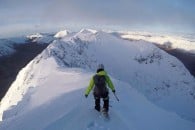

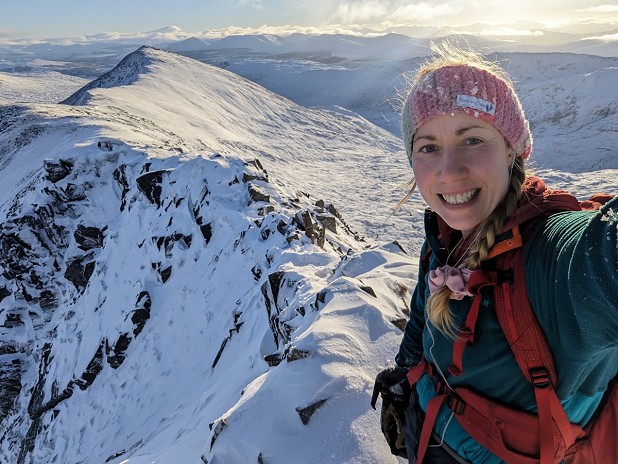
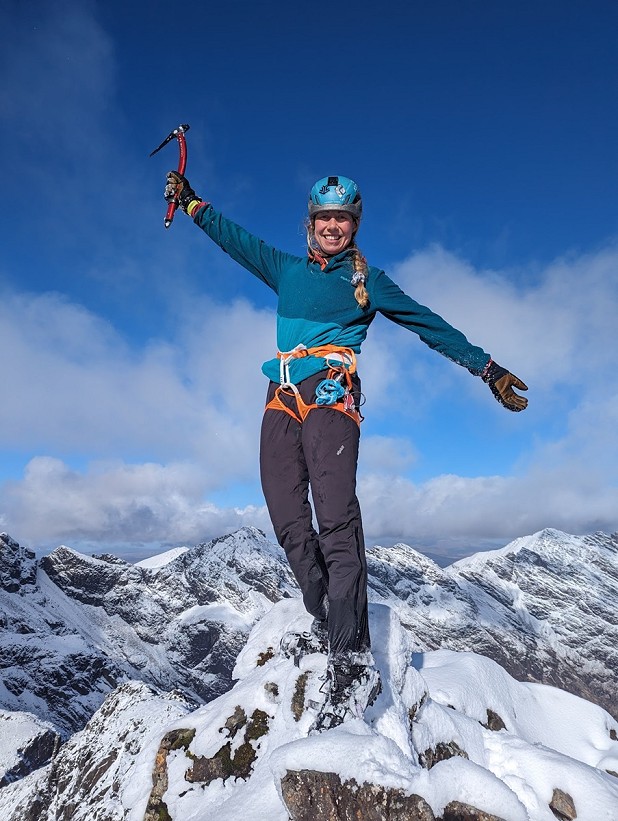
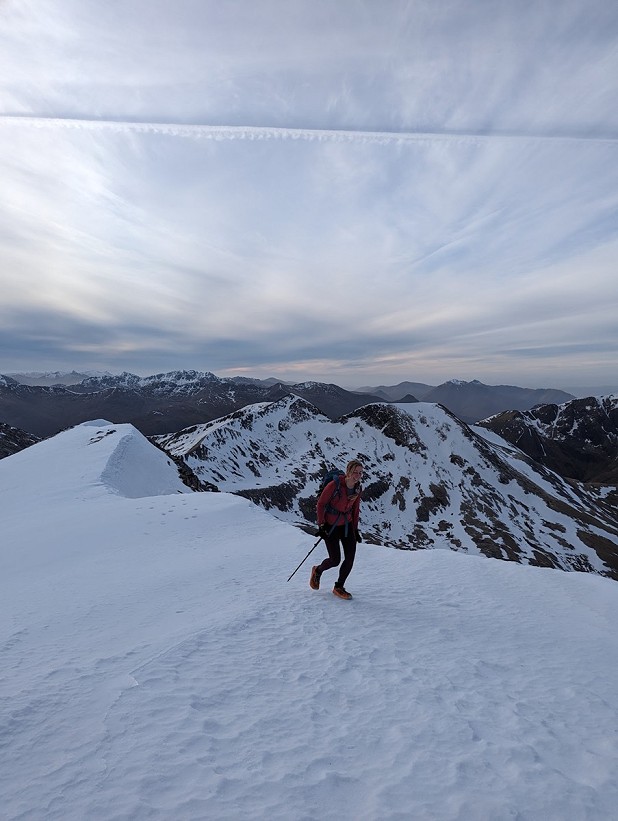
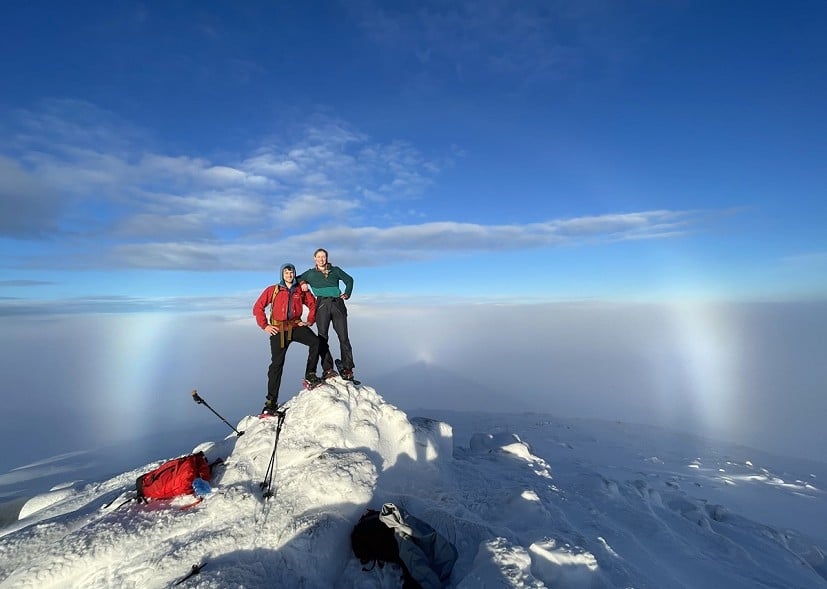
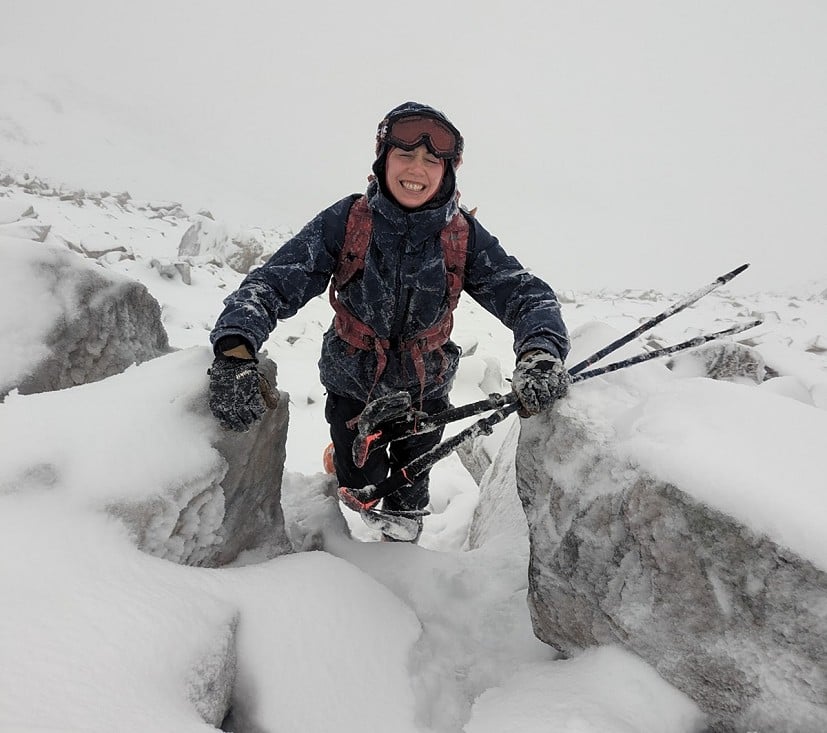

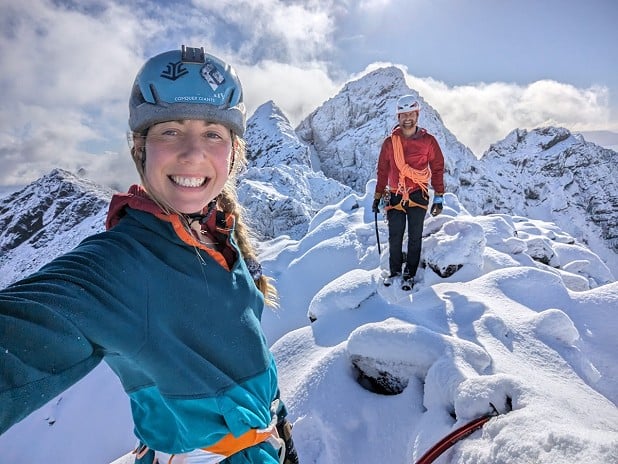
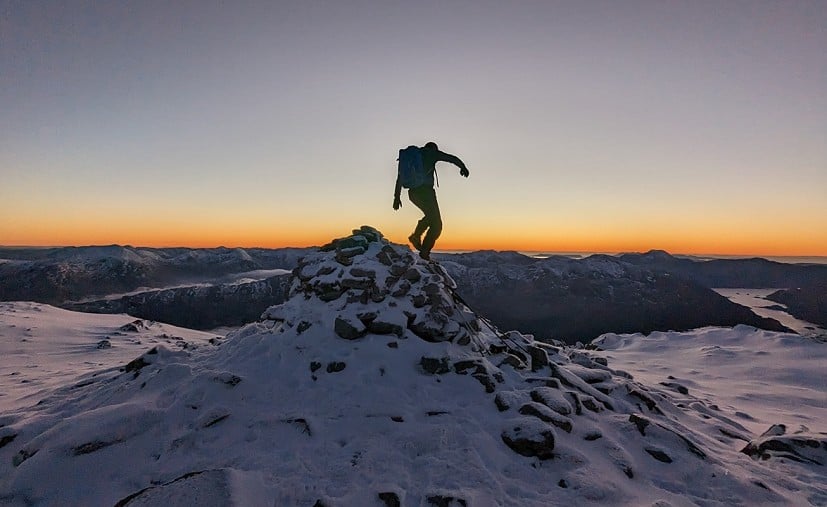
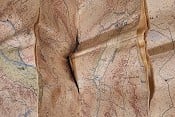


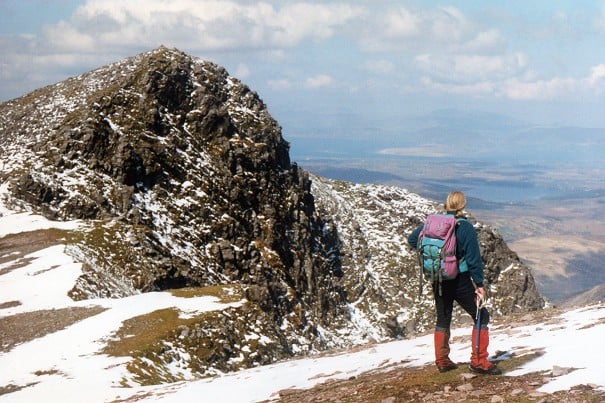

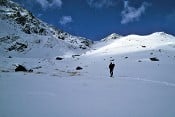
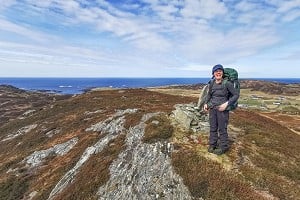
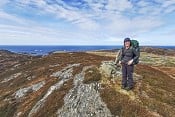
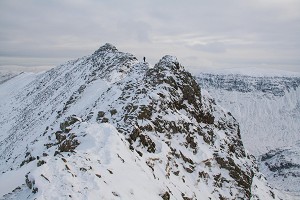

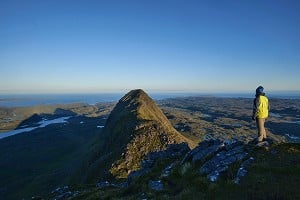
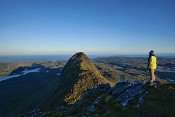
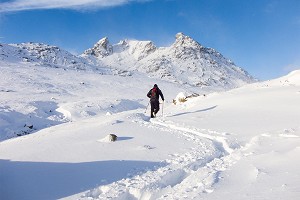
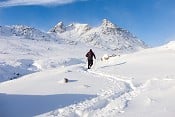

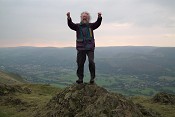
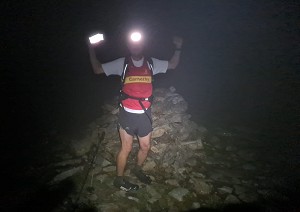
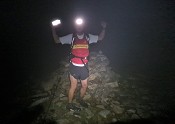
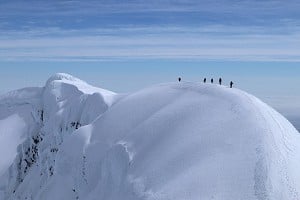
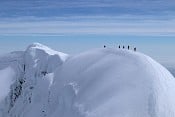
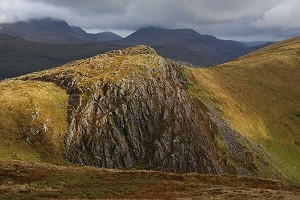
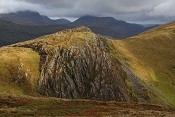
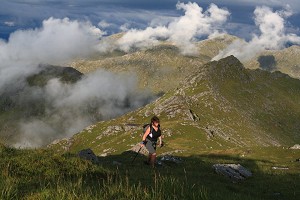
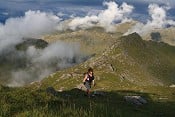
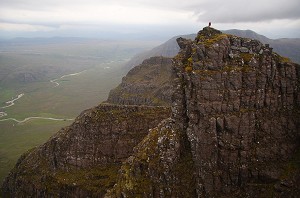
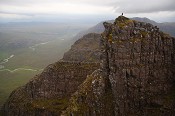
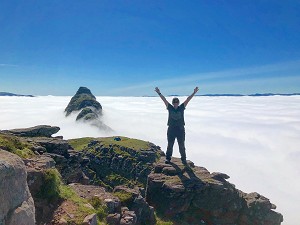
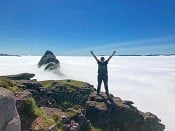

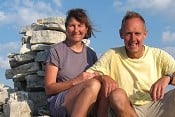
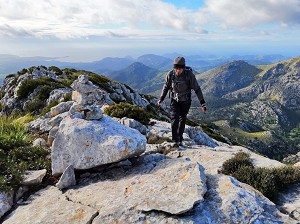
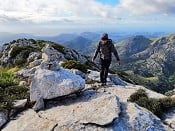
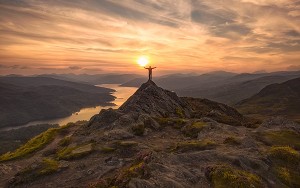

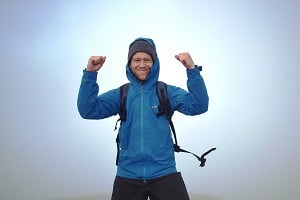

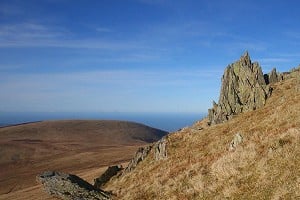
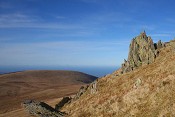


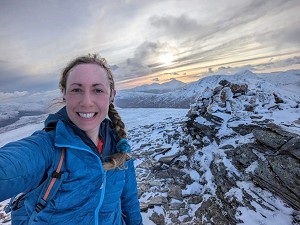
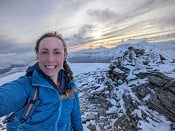
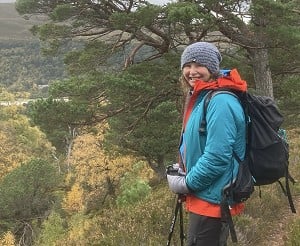
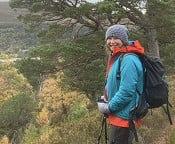
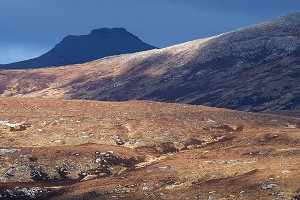

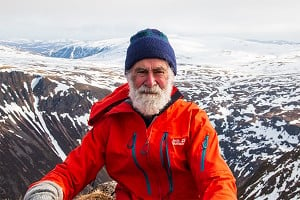
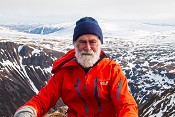


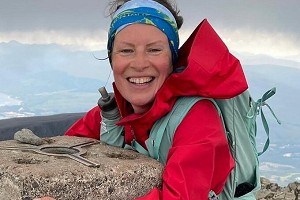
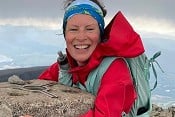
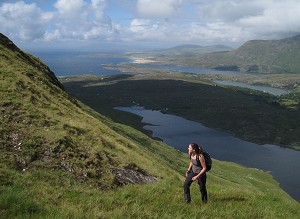

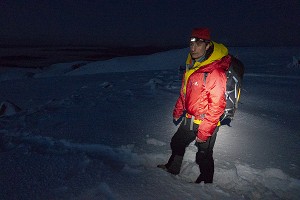
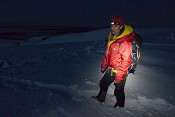
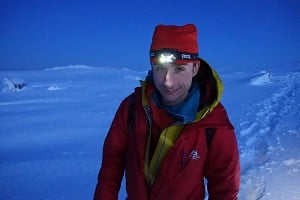
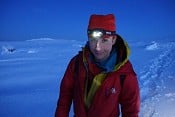
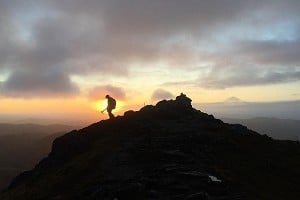

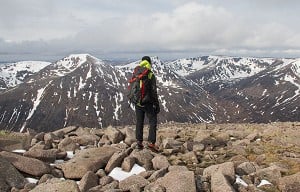
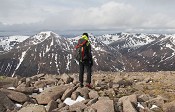
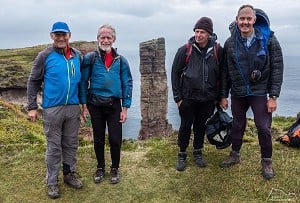
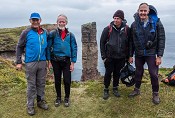


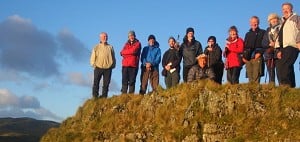

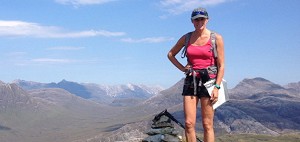

Comments
Good interview.
A couple of things. Is the last day the penultimate day? Don’t think she saw Knoydart from Ben Wyvis.
If you want to delete this post that’s fine.
Maybe if she flew high enough above it?
Really interesting interview.
Excellent interview. I think it was Beinn Sgritheall that Anna paraglided off which explains seeing Knoydart.